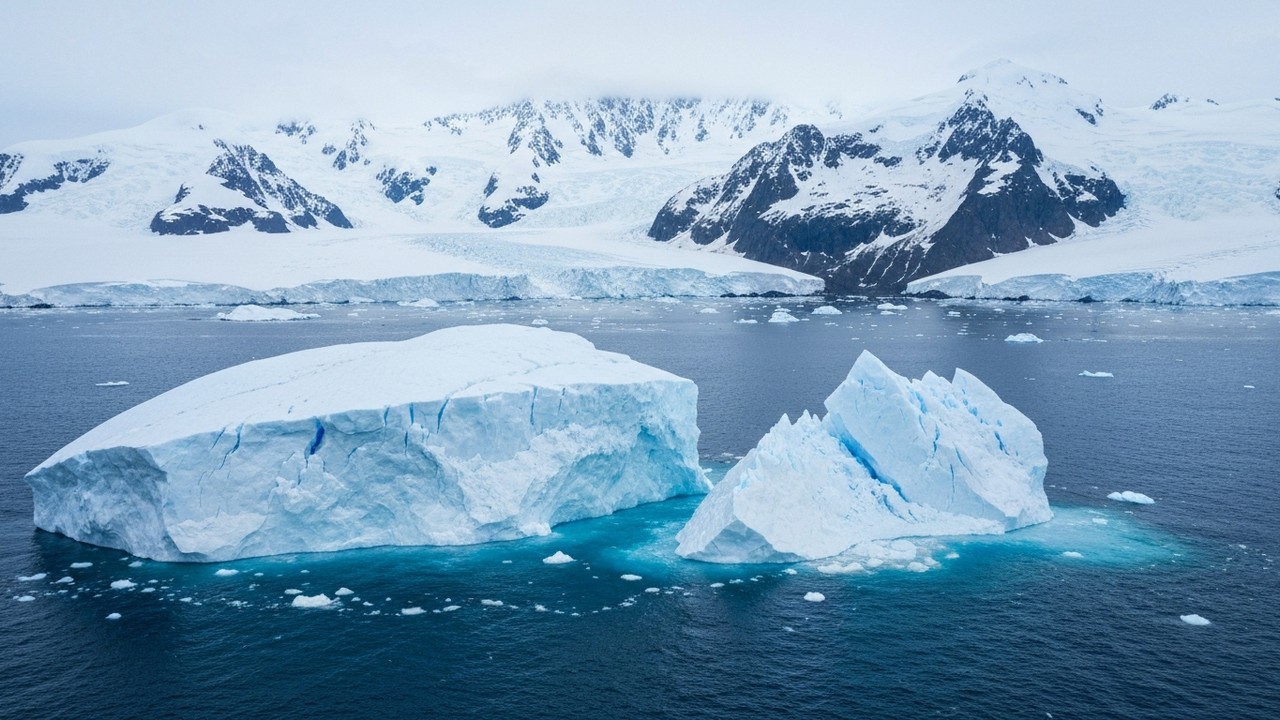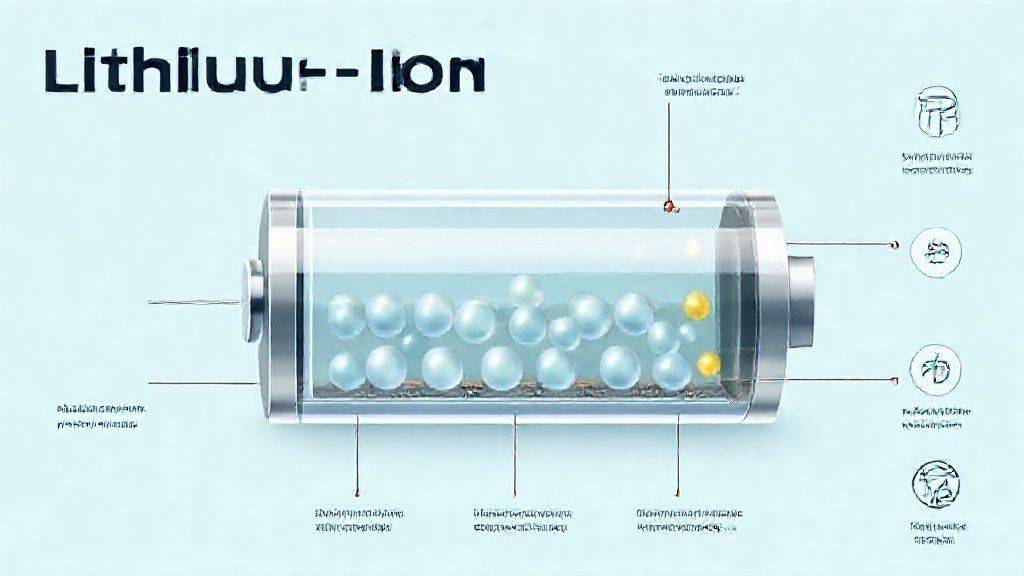The Hektoria Glacier’s rapid retreat is a stark reminder of the accelerating changes in Antarctica. This dramatic event offers a critical lens through which to examine the stability of ice sheets and the potential for sea-level rise. You’ll learn to understand glacial dynamics and their implications for the planet. This article explores the details of this rapid ice loss, its causes, and its broader significance.
Table of Contents
We Also Published
The story of Antarctica’s Hektoria Glacier is a stark illustration of the rapid changes occurring in our world. While seemingly small in comparison to the vastness of the continent, the speed at which Hektoria lost ice is alarming. This article will delve into the causes and implications of this unprecedented event, exploring its significance for the future of Antarctica and global sea levels.
The Unexpected Collapse of Hektoria Glacier
The Hektoria Glacier, approximately the size of Philadelphia, experienced an astonishing loss of ice. It lost nearly half its ice volume in a mere two months between November 2022 and January 2023. This rapid retreat has captured the attention of scientists worldwide, raising critical questions about the stability of other glaciers in Antarctica.
The Discovery by Accident
The record retreat of the Hektoria Glacier was discovered by accident during a survey of the Larson B Glacier. Researchers used satellite imagery and seismic instruments to understand why sea ice broke away from the glacier. This accidental discovery highlighted the need for continuous monitoring of Antarctica’s glaciers to detect and understand such rapid changes.
The detailed analysis of satellite images and seismic data revealed the rapid disintegration of the Hektoria Glacier. Researchers observed the glacier retreating at an astonishing rate. The speed of the Hektoria Glacier’s retreat underscored the importance of comprehensive monitoring and analysis in understanding glacial dynamics.
Unraveling the Mechanisms of Ice Loss
The rapid retreat of the Hektoria Glacier was driven by several factors, including its unique topography. Unlike many Antarctic glaciers that rest on the seabed, Hektoria sits atop a flat stretch of bedrock. This configuration played a crucial role in the glacier’s destabilization and subsequent collapse.
As the glacier retreated, it lifted off the seafloor, exposing it to ocean currents and waves. This exposure initiated a chain reaction, with cracks forming from below and the surface. The meeting of these crevasses led to massive ice calving, causing the rapid loss of ice. This process dramatically accelerated the overall ice loss.
The Broader Implications of Hektoria’s Retreat
The rapid retreat of Hektoria serves as a stark warning about the potential instability of other Antarctic glaciers. Several larger glaciers across Antarctica share similar ice-plain topographies, raising concerns about their vulnerability to rapid ice loss and the potential for accelerated sea-level rise.
The Domino Effect and Rising Sea Levels
The Hektoria Glacier’s collapse highlights the fragility of even the most stable parts of Antarctica. The seismic sensors confirmed that the ice loss directly contributed to rising sea levels. The rapid melting has significant implications for global sea levels and coastal communities worldwide.
The Hektoria Glacier’s retreat is a dramatic example of how quickly the long-frozen parts of Antarctica can change. The study emphasizes the critical need for continuous monitoring of glaciers and the implementation of measures to mitigate climate change. This will help to reduce the potential for further ice loss and mitigate the impacts on global sea levels.
Key Takeaways
The collapse of the Hektoria Glacier is a significant event, offering crucial insights into the dynamics of ice loss in Antarctica. The findings underscore the importance of understanding the factors that contribute to glacial retreat and their impact on global sea levels. The ability to understand and predict these changes is essential for climate change mitigation and adaptation strategies.
| Aspect | Details | Implications |
|---|---|---|
| Glacier Size | Approximately 115 square miles (size of Philadelphia) | Small size belies the significance of its ice loss |
| Ice Loss Rate | Nearly half the ice lost in two months (Nov 2022 – Jan 2023) | Unprecedented speed of retreat |
| Discovery Method | Accidental discovery during Larson B Glacier study | Highlights the need for continuous monitoring |
| Glacier Bedrock | Sits atop a flat stretch of bedrock (ice plain) | Contributes to instability and rapid retreat |
| Consequences | Sea-level rise, potential for other glaciers to retreat | Significant threat to coastal communities |
Also Read
RESOURCES
- Climate change: mountain glaciers | NOAA Climate.gov
- Understanding the role of anthropogenic emissions in glaciers ...
- FIS–WMO Glaciers Dialogue: Understanding and Acting on Glacier ...
- Glacial ecosystems are essential to understanding biodiversity ...
- Science of Glaciers | National Snow and Ice Data Center
- Glacial ecosystems are essential to understanding biodiversity ...
- Antarctic glacier retreated faster than any other in modern history ...
- How do we know glaciers are shrinking? | U.S. Geological Survey
- Did you know? – Proglacial lakes accelerate glacier retreat!
- AI sheds light on glacier retreat in the high Arctic - WWF Arctic
- Glacier Retreat Induces Contrasting Shifts in Bacterial Biodiversity ...
- Fighting the Impacts of Glacier Retreat in the Tropical Andes
- Faster in the Past: New seafloor images – the highest resolution of ...
- New study calculates retreat of glacier edges in Alaska's Kenai ...
- Bear Glacier Retreat (U.S. National Park Service)
From our network :
- JD Vance Charlie Kirk: Tribute and Political Strategy
- Bitcoin Hits $100K: Crypto News Digest
- Economic Importance of Soybeans in America: The $60 Billion Crop That Feeds the World
- Limit Superior and Inferior
- Limits: The Squeeze Theorem Explained
- Optimizing String Concatenation in JavaScript: Template Literals, Join, and Performance tips
- Bitcoin price analysis: Market signals after a muted weekend
- The Diverse Types of Convergence in Mathematics
- Optimizing String Concatenation in Shell Scripts: quotes, arrays, and efficiency








0 Comments